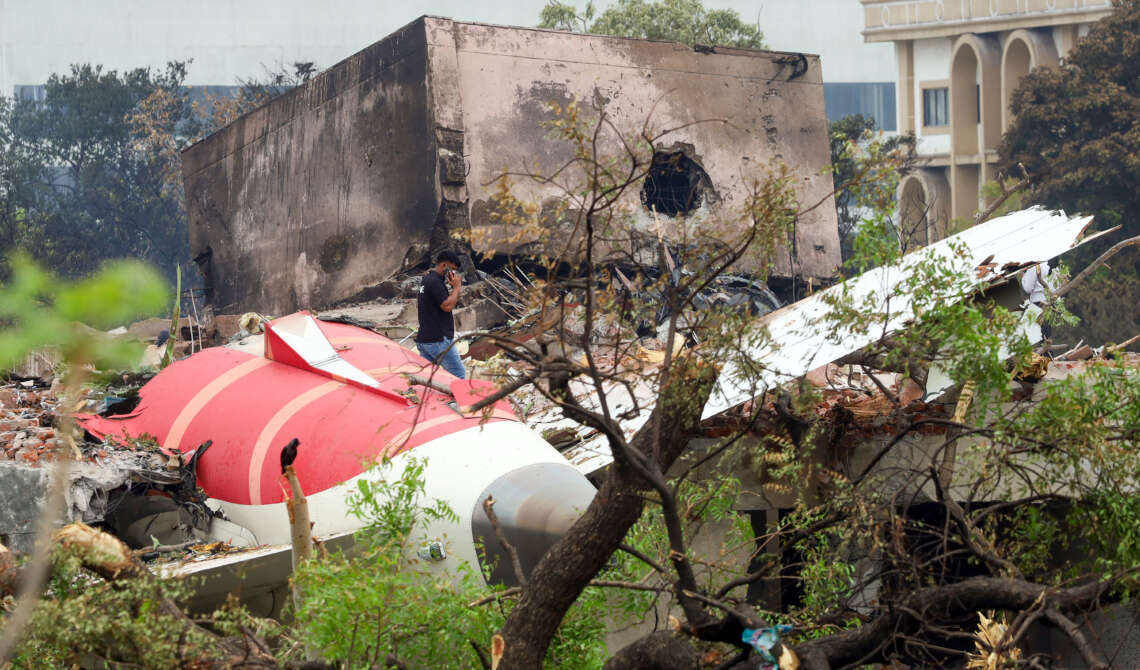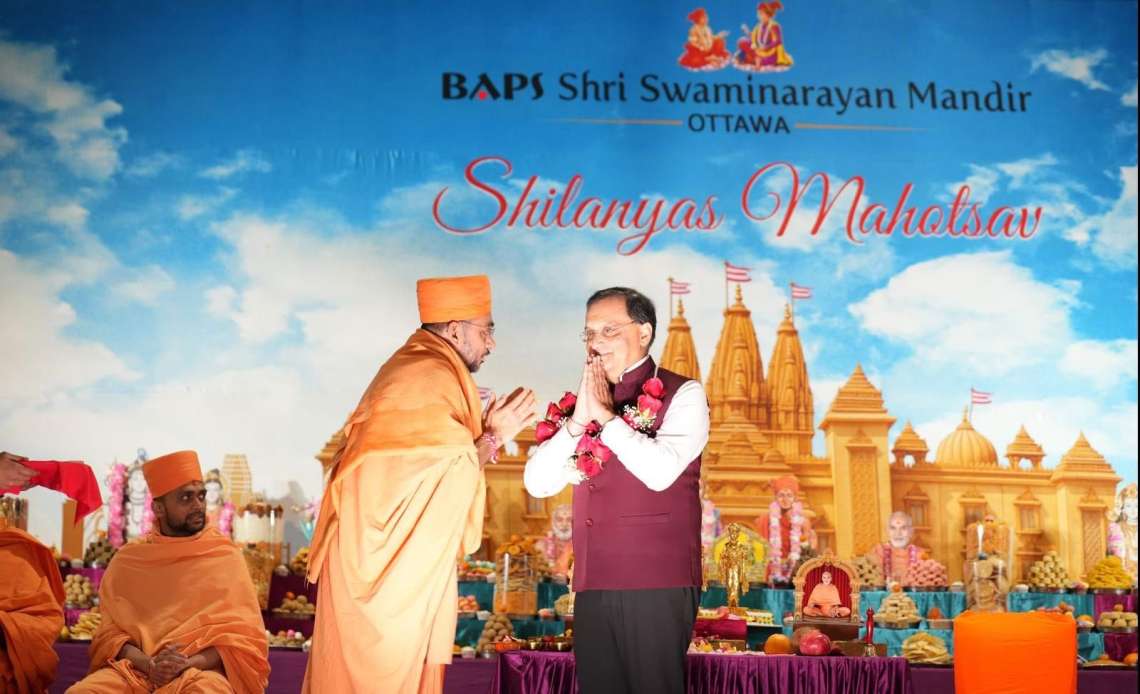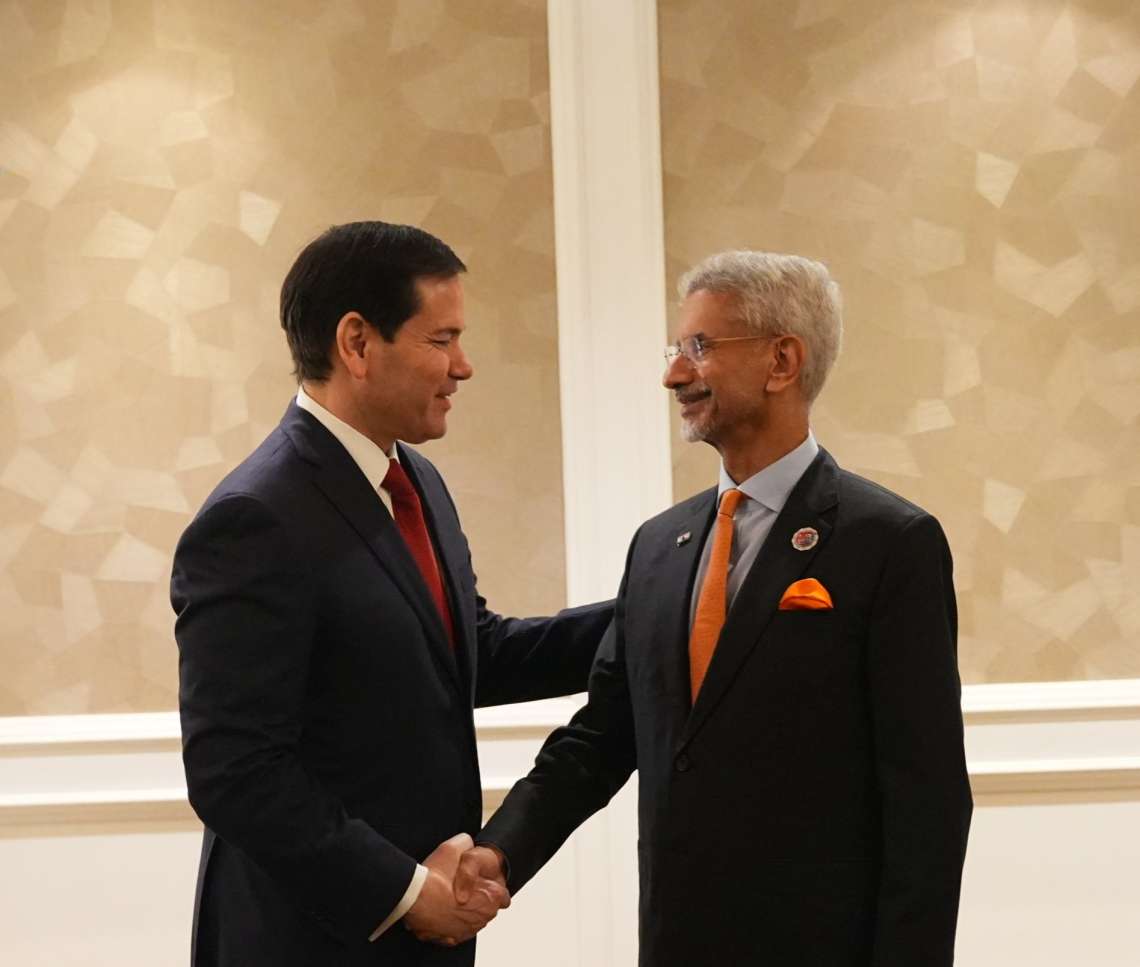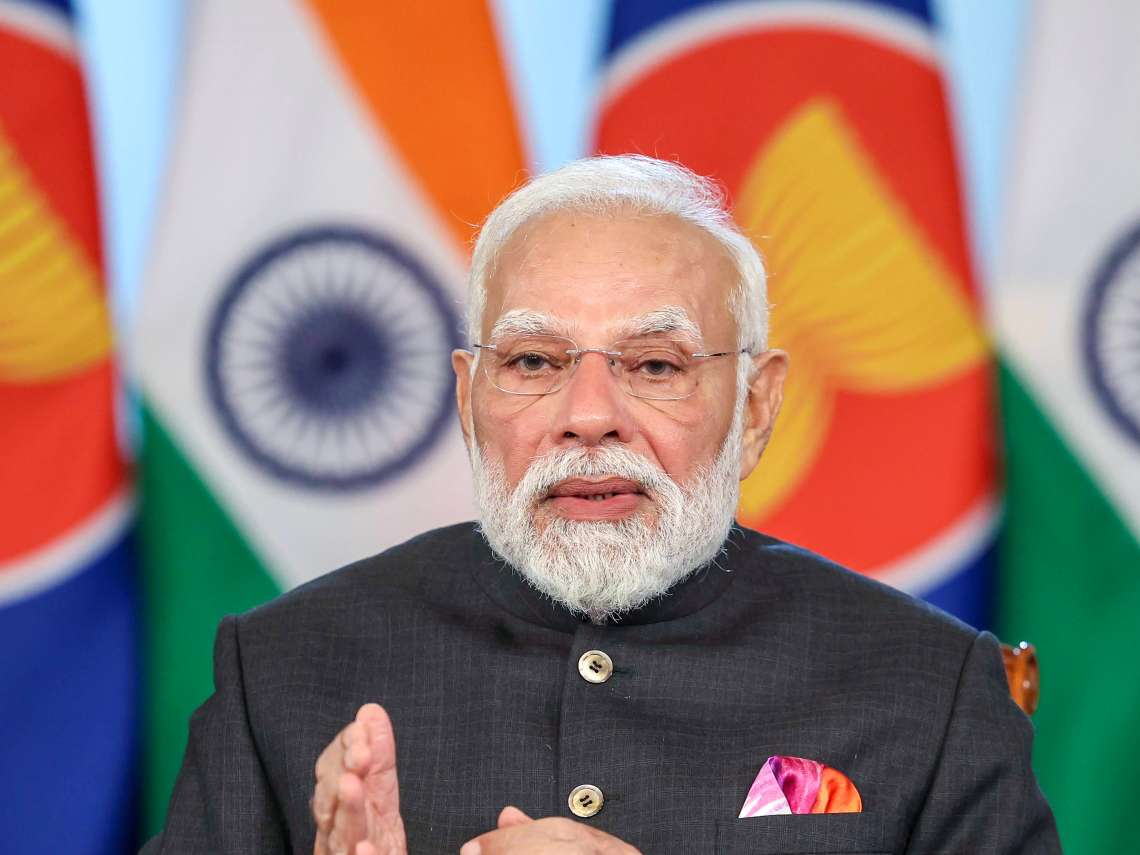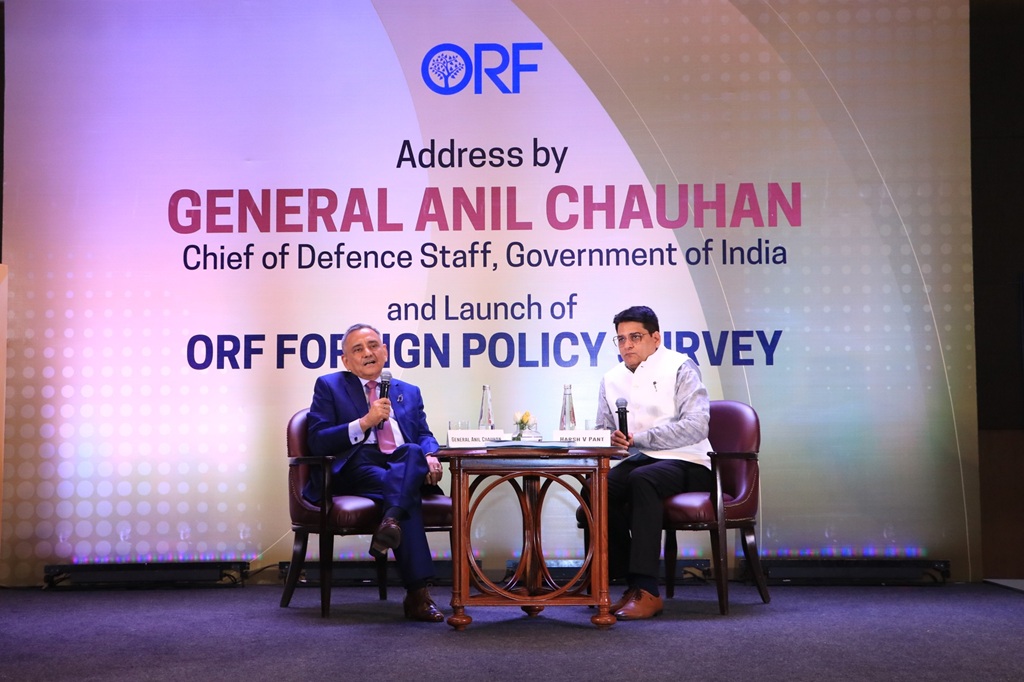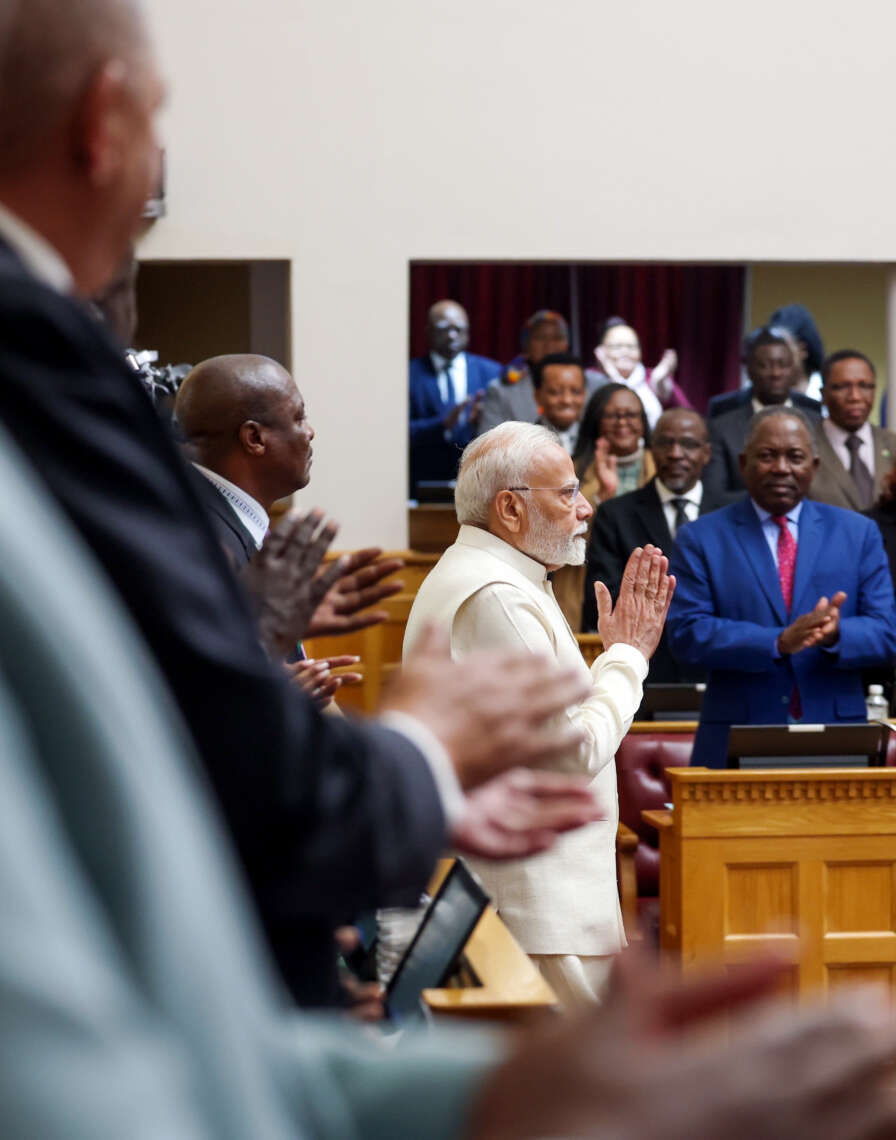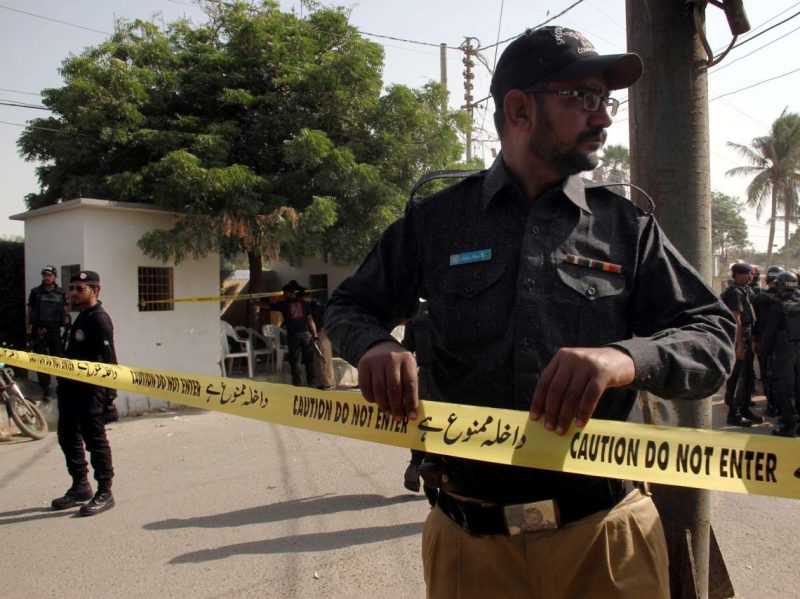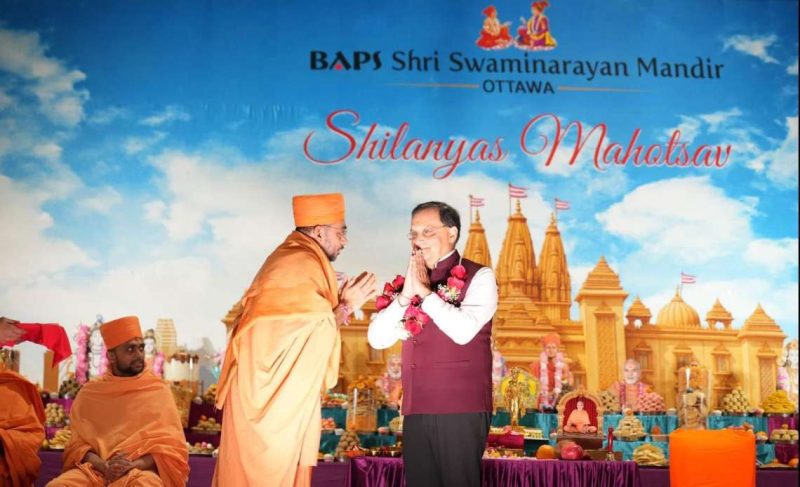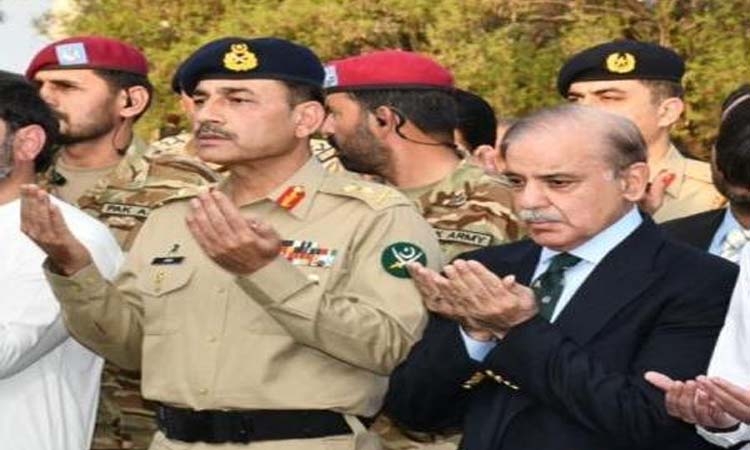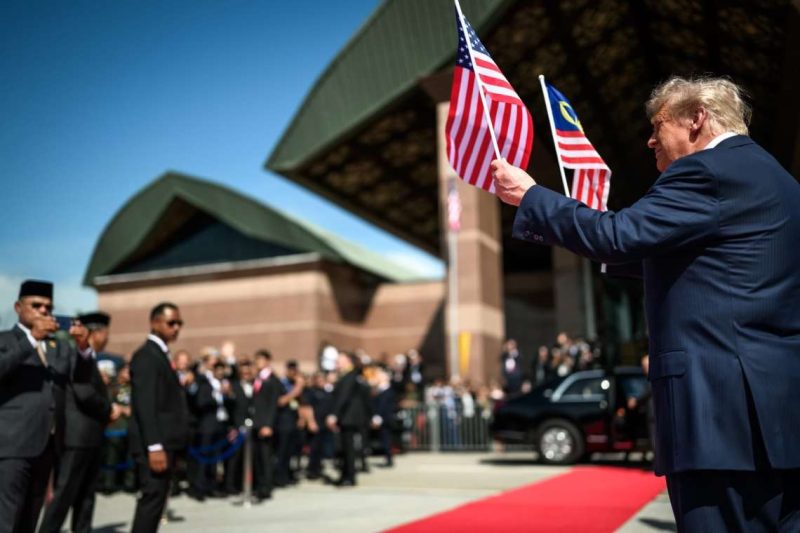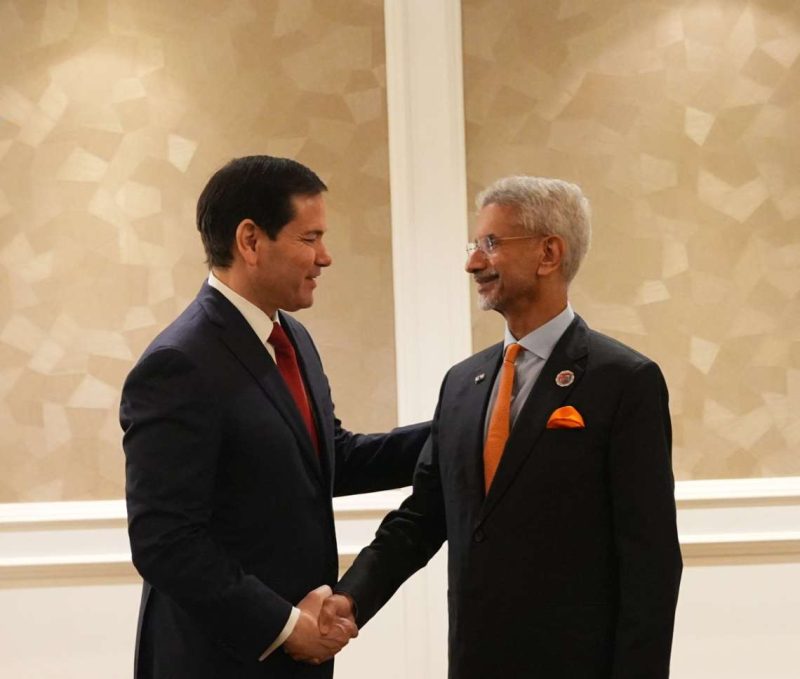Several MPs raised concerns not just about the June 12 Air India crash but about the broader implications of India’s burgeoning aviation sector….reports Asian Lite News
India’s civil aviation safety framework came under sharp parliamentary scrutiny on Wednesday as lawmakers and top officials from regulatory bodies and private airlines gathered for a marathon meeting convened by the Parliamentary Standing Committee on Transport, Tourism and Culture. The session comes in the wake of the tragic Air India Flight AI-171 crash in Ahmedabad, which killed over 250 people on June 12.
The meeting, chaired by JD(U) MP Sanjay Kumar Jha, lasted nearly seven hours and featured detailed presentations by senior officials from the Directorate General of Civil Aviation (DGCA), Airports Authority of India (AAI), Aircraft Accident Investigation Bureau (AAIB), and representatives from leading airlines such as Air India, IndiGo, and Akasa Air.
Describing the discussions as “very good”, Jha noted the significant growth in India’s aviation sector, particularly after the implementation of the UDAN (Ude Desh ka Aam Nagrik) regional connectivity scheme. However, the focus of the meeting remained firmly on safety protocols, regulatory preparedness, and the adequacy of maintenance infrastructure amid the sector’s rapid expansion.
Sources present at the meeting revealed that AAIB officials confirmed the black box from the ill-fated AI-171 flight had been recovered and its data is being analysed. For the first time, India is decoding the black box data domestically, without sending it abroad for analysis. On June 25, experts successfully accessed the flight data recorder’s memory module at the AAIB lab.
The preliminary report into the crash is expected to be made public within 30 days, in line with international norms. The probe is being led by the AAIB’s Director General and includes experts from the Indian Air Force, Hindustan Aeronautics Limited (HAL), aviation medicine, air traffic control, and the US-based National Transportation Safety Board (NTSB), which is involved due to the aircraft’s Boeing make.
The tragic crash of Air India Flight AI-171, a Boeing 787-8 Dreamliner en route to London, occurred shortly after take-off from Ahmedabad airport, raising fresh questions about safety standards, pilot training, and aircraft maintenance protocols in India.
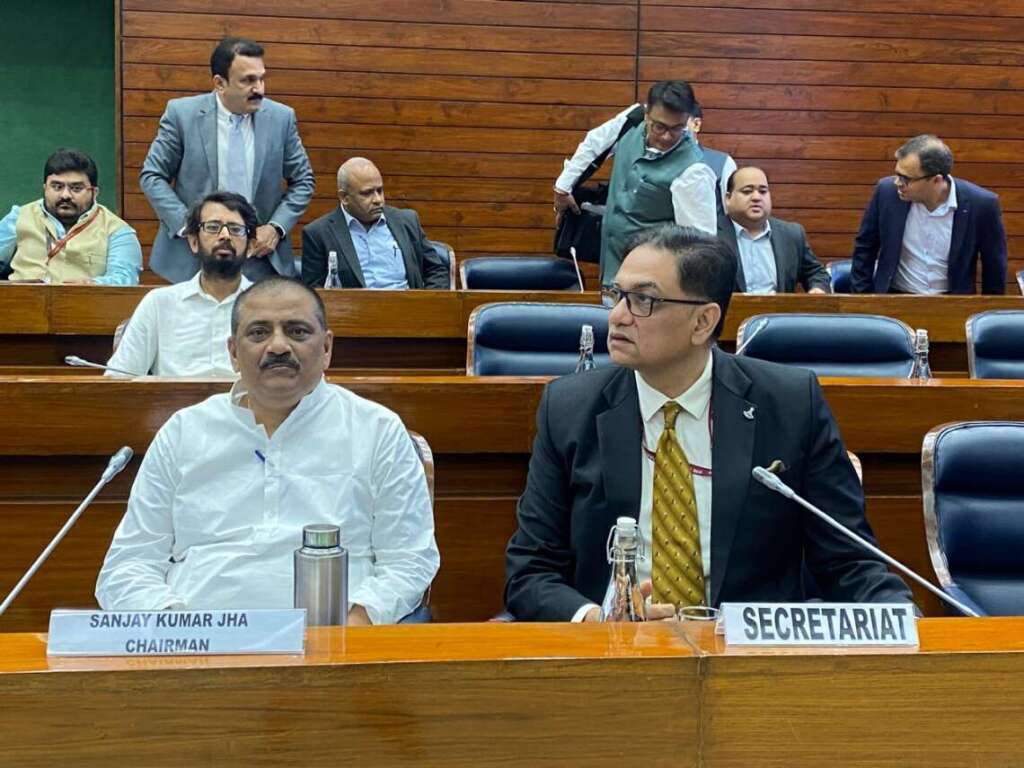
Several MPs, sources said, raised concerns not just about the June 12 crash but about the broader implications of India’s burgeoning aviation sector. With India poised to become the world’s third-largest aviation market, members called for expansion of maintenance, repair and overhaul (MRO) facilities, enhanced training oversight, and stronger regulatory enforcement to match the industry’s explosive growth.
Adding to the concern, on Tuesday, members of Parliament’s Public Accounts Committee (PAC) had also flagged serious issues. In particular, they cited not only the Ahmedabad crash but also the sudden spike in airfares from Srinagar following the Pahalgam terror attack, which stranded hundreds of travellers. Lawmakers are urging more transparency and regulatory intervention in fare pricing during emergencies.
In a parallel development aimed at tightening oversight on training standards, the DGCA on Wednesday announced the formal launch of a national ranking system for Flying Training Organisations (FTOs). This initiative is set to begin on October 1, 2025, and will assess FTOs across multiple performance parameters to raise the bar on pilot training in India.
As per the DGCA’s July 8 notification, FTOs will be ranked twice annually—on April 1 and October 1—under four tiers:
- A++ (85% and above)
- A+ (70% to less than 85%)
- A (50% to less than 70%)
- B (below 50%)
Institutes falling in the bottom tier will receive formal warnings to review internal practices and make necessary improvements.
The ranking will be based on criteria including fleet size, aircraft utilisation, instructor-student ratios, simulator availability, completion timelines for training, safety records, financial support options, student grievance systems, and transparency in fee structures.
The DGCA has mandated that all FTOs submit timely and accurate data, which will be verified through audits and field inspections. Misreporting or delays in submission could result in reduced rankings and possible regulatory action.
A senior DGCA official said the ranking system is aimed at “bringing uniformity, accountability, and performance-based assessment” to pilot training, an area that has long suffered from opacity and inconsistent standards. The regulator also hopes the rankings will assist aspiring pilots and their families in making informed decisions about training centres.
This move comes amid rising concerns over pilot readiness and training infrastructure, especially as air traffic volumes surge and newer routes open up under government schemes. By pushing FTOs to meet higher standards, the DGCA aims to create a pool of better-trained pilots equipped to handle modern aviation challenges.
As India positions itself as a global aviation hub, stakeholders are increasingly aware that safety, training, and transparency must keep pace with growth. Wednesday’s parliamentary meeting and the DGCA’s latest reform appear to be early steps in that direction. However, with public scrutiny intensifying after the Ahmedabad disaster, more institutional and systemic changes are expected in the months ahead.


